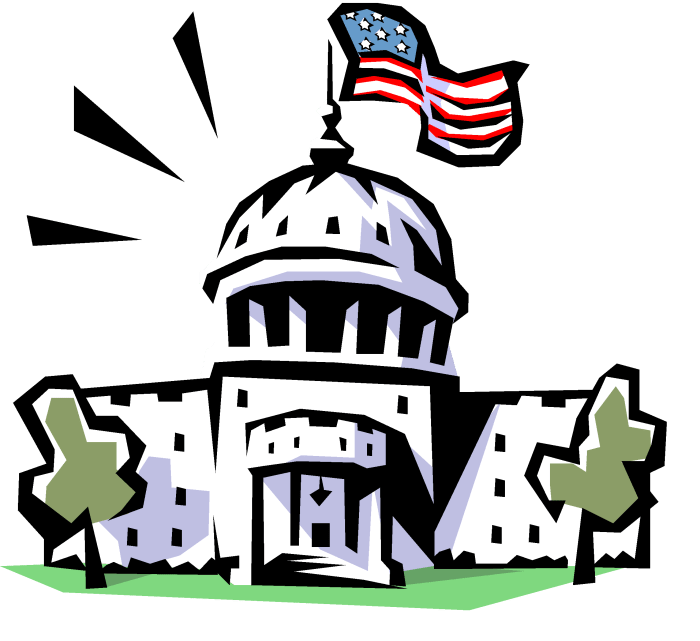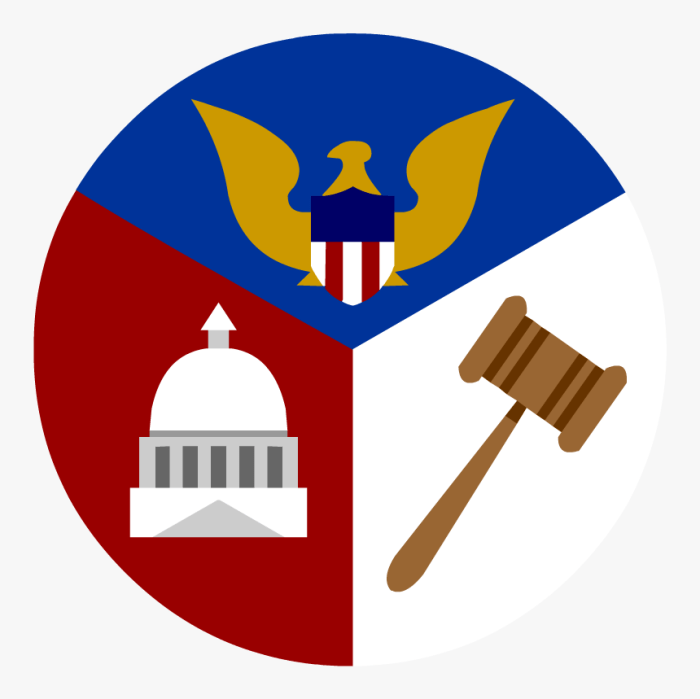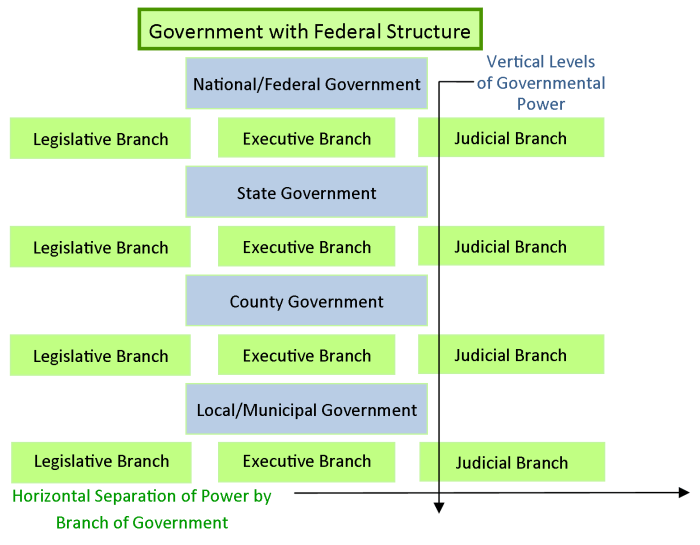In the realm of governance, the Federalists emerged as proponents of a meticulously designed system to safeguard against potential abuses of power. Their vision, which statement reflects the federalists view on abuses of power, hinged on the principles of division of powers, checks and balances, and judicial review.
The Federalists recognized that concentrating power in a single entity could lead to tyranny. Thus, they advocated for a separation of powers among the three branches of government—legislative, executive, and judicial—each entrusted with distinct responsibilities.
Division of Powers: Which Statement Reflects The Federalists View On Abuses Of Power

The Federalists believed that the best way to prevent abuses of power was to divide the powers of government among three separate branches: the legislative, executive, and judicial. This division of powers would make it difficult for any one branch to become too powerful.
For example, the legislative branch has the power to make laws, but the executive branch has the power to veto those laws. The judicial branch has the power to interpret laws, but the legislative branch has the power to impeach judges.
Checks and Balances
In addition to dividing the powers of government among three separate branches, the Federalists also created a system of checks and balances. This system allows each branch of government to check the power of the other branches.
- The legislative branch can impeach the president.
- The executive branch can veto laws passed by the legislative branch.
- The judicial branch can declare laws passed by the legislative branch unconstitutional.
Judicial Review
One of the most important checks and balances is judicial review. This is the power of the judiciary to declare laws unconstitutional. The Federalists believed that the judiciary should have this power because it would help to protect the rights of individuals from the government.
For example, in the case of Marbury v. Madison, the Supreme Court declared a law passed by Congress unconstitutional. This was the first time that the Supreme Court had ever declared a law unconstitutional, and it established the principle of judicial review.
Limited Government
The Federalists also believed that government should be limited in its powers. They believed that the best way to protect individual liberty was to limit the power of the government.
The Federalists put in place a number of mechanisms to limit the power of government. For example, they created a Bill of Rights that protects individual rights from the government. They also created a system of federalism that divides power between the federal government and the states.
Popular Sovereignty, Which statement reflects the federalists view on abuses of power
The Federalists also believed that the people should have the ultimate authority over their government. They believed that the government should be based on the consent of the governed.
The Federalists put in place a number of mechanisms to ensure that the government was based on the consent of the governed. For example, they created a system of elections that allowed the people to choose their leaders. They also created a system of checks and balances that prevented any one branch of government from becoming too powerful.
User Queries
What was the Federalists’ primary concern regarding power?
The Federalists were deeply concerned about the potential for tyranny and the abuse of power by any one branch of government.
How did the Federalists seek to prevent abuses of power?
The Federalists established a system of checks and balances, dividing power among the three branches of government and giving each branch the ability to check the power of the others.
What role did judicial review play in the Federalists’ system?
Judicial review gave the judiciary the power to declare laws unconstitutional, providing a further check on the power of the other branches.

